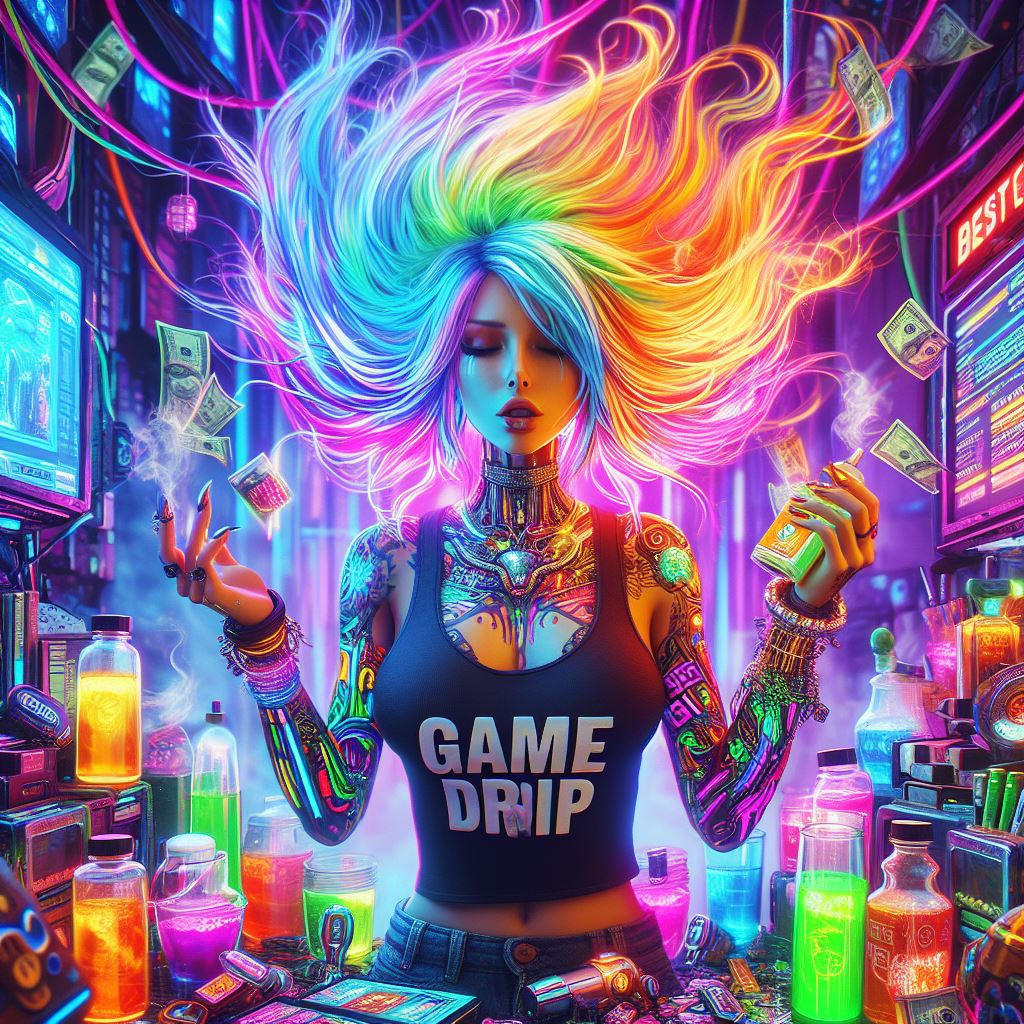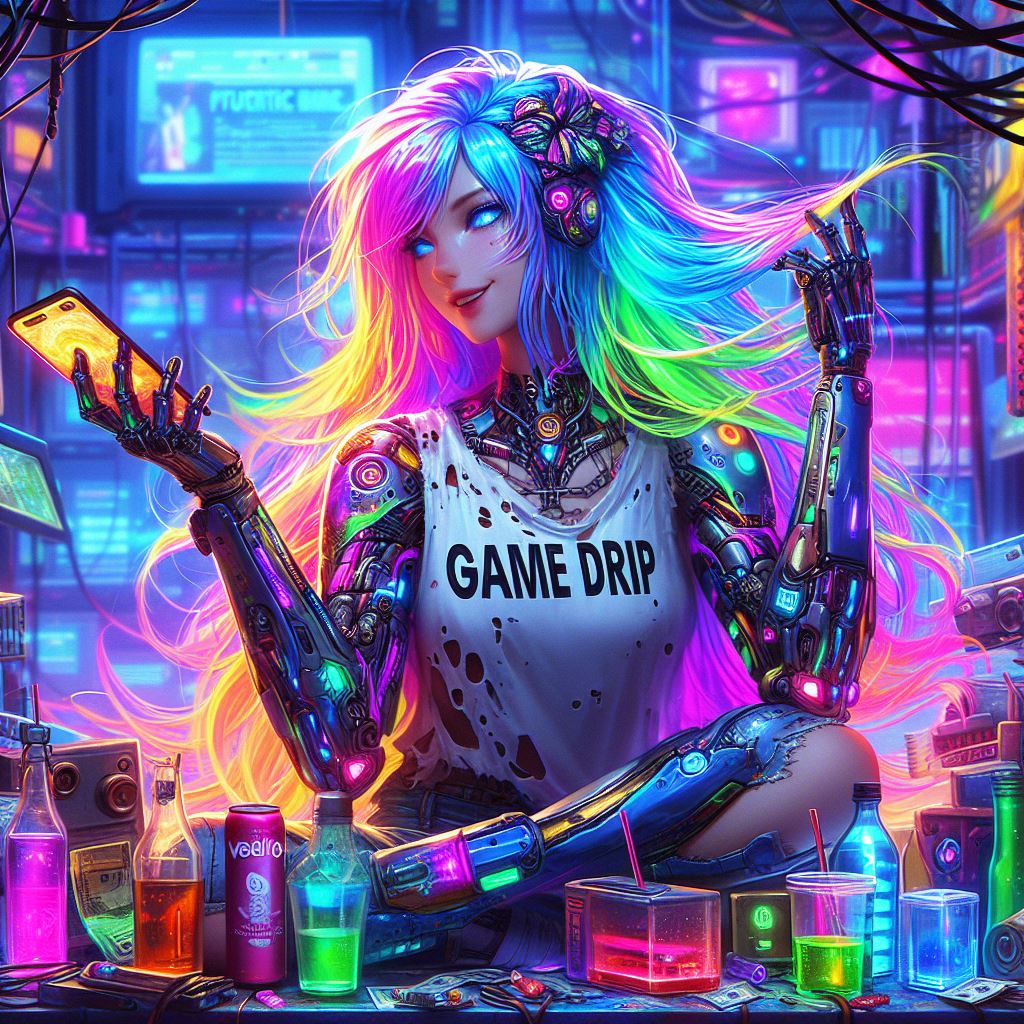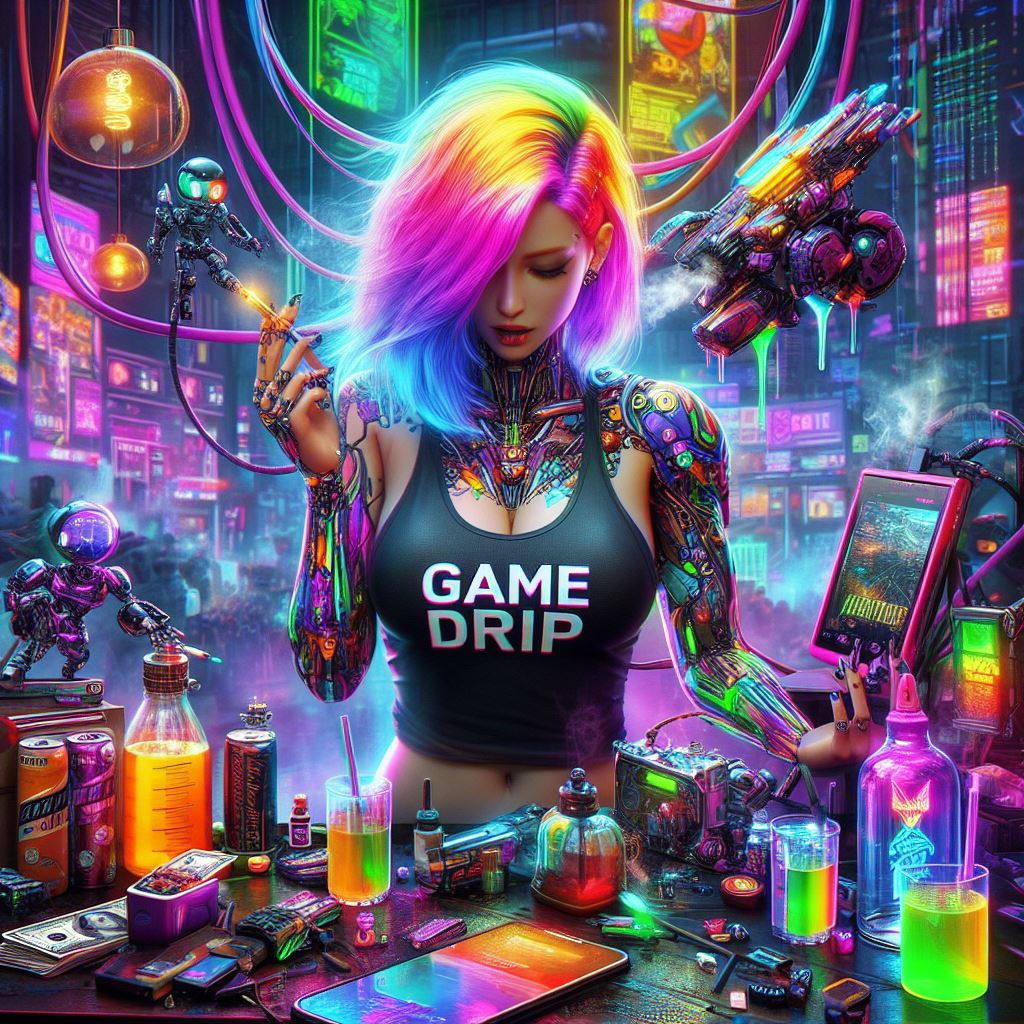As featured on New Minecraft Servers
#OnlyCraft
Greetings to you as players on the Only-Craft server!
What is Only-Craft? In order to know this, we need to travel back in time a little to December 2010. Minecraft has just entered the Beta stage. Everything was still quite immature then, wasn’t it? The game we all know and love was in children’s shoes.
A server was launched then, one of the first in our small country, which runs to this day, even in 2020. Yes, the server you are reading about. It’s been almost 10 years since we’ve been active non-stop in the world of Minecraft studded with cubes. You must have wondered why? What do we know that we have existed for so long? Now we’ll tell you the secret. Our community. We owe a lot to the people we’ve been playing with every day for nearly a decade. A close-knit, almost friendly relationship has developed here, which we have never seen before. There is another very positive result of this thing… Namely, that we are very inclusive. Are you a new player with us, or have you just started getting to know the world of Minecraft? You’re in the right place! Any of our players will help you where they can. Would you like to have a good chat? Here you will meet mature and intelligent people who are not afraid of a serious conversation or even a meme tsunami. Our management. Both our administrators and moderators are people who have been part of the Only-Craft world for years. Feel free to ask us how long we have been playing on the server. We will most likely say since 2011, 2012, maybe 2013. We’re all old bikers, right? During these years, we have shaken each other so much that there are no quarrels and divisions between us. Only people who are sufficiently mature for the task and possess the humanity and willingness to help can join the management team. If you have a problem or a question and you see a member of the board above, feel free to contact him, he won’t bite! The survival. Yes, you read that right. Our community has been built on this since the beginning. You won’t encounter skyblock pvp or plot system here. If you’re looking for the good old Minecraft experience, you’ve definitely found it here. There are functions that only add color to the gaming experience and give you options. For example, with the quest system, you can take on millions of missions for huge rewards. Maybe there is the crateloot system, from which you can unlock more and more wonderful stuff for yourself. There are plugins that make the mines and the nights a little scarier. If you’re scared, you better prepare for these! The V2. For a very long time, we haven’t changed much in the way the server works. However, this has recently changed. We are reforming the entire existing concept from its roots to a form suitable for the year 2020. Outdated, old systems have been removed, replaced by ones with which we will be able to do much bigger and better things. Just to name a few: We created a new website for the server, you can explore a larger map. We have created opportunities for you that can open up new worlds for you. Discord. Do you want to be notified of current updates or chat with your fellow players? You can do this on our Discord server. In addition, you can ask us, the board members, questions about the server. We also have voice and chat channels, which you can use with confidence. In fact, you can even share memes with us, we know you love them. You can find the contact information for this platform at the end of our ad. The events. Various unique and well-known recreations have long been an integral part of the server. What is new is that so-called automated events have also been included separately. Examples include “infected” and “hunger games”. Without claiming to be complete, we are only talking about these now. If you want to relax after the big construction or monster hunting, you only have to switch to the current server in the lobby and play. In addition, there are also events built by us. Unique castle games, spleef arenas, different competitions… They are all waiting for you to discover them! You may be wondering where you can reach us. We have provided you with all the contact information you may need below:
IP address of -=Only-Craft V2.=-: only-craft.hu
Link to our Discord server: https://discord.com/invite/gqsVt3S
Our website is available at: http://only-craft.hu/news.php
You can find our Facebook page below: https://www.facebook.com/onlycrafthu
We hope you enjoyed everything you read. If so, we are waiting for you on Only-Craft and have a good time!
Take care, see you on the server.
Welcomes you,
Management of -=Only-Craft V2.=-




![PepperCraft SMP [1.21.1]](https://game-drip.com/wp-content/uploads/2024/04/gamedrip-news-latest-8.jpg)

















